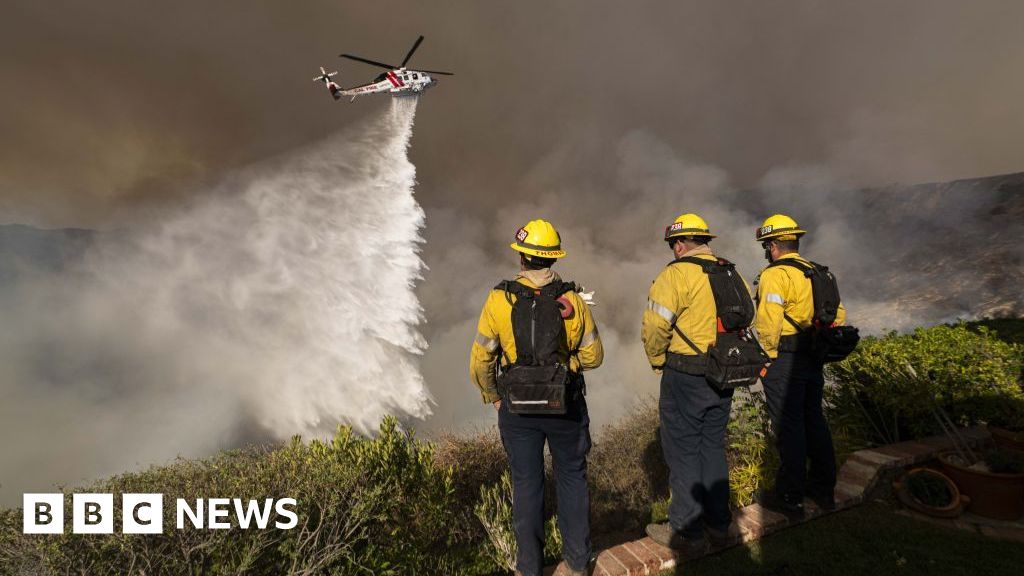And people with schizophrenia are disproportionately at risk of succumbing to the effects of extreme heat. Some 8 per cent of the deaths that occurred during the 2021 heat dome in British Columbia were among people with schizophrenia, a group that comprises less than 1 per cent of the population there.
Liv Yoon, a sociologist at the University of British Columbia, Vancouver, has been trying to diagnose the complex causes of those deaths. Multiple factors are at work, including both physiological deficits and social vulnerabilities, she says.
A symptom of schizophrenia is an unawareness of one’s bodily status – it’s hard to tell how hot or cold you are. Moreover, people with schizophrenia are often taking medication that can compromise the body’s ability to thermoregulate.
WHAT CAN BE DONE?
What’s the solution? Reducing the mental health impact of climate change will require some obvious structural fixes, whether that’s policy aimed at slowing global warming, addressing social determinants of health, or improvements in the design of cities to minimise dangerous hot spots.
Hospitals need to know when to expect an influx of patients, and at the same time, more needs to be done to reduce demand, both by addressing mental health needs before someone reaches the point of a crisis and ensuring people have access to resources amid a heatwave. That’s especially true for people with schizophrenia, who might be less likely to take advantage of public resources like cooling centres.
Many small changes can be made now. For example, training the mental health workforce to be more aware of heat’s dangers could encourage them to check in on the most vulnerable, connect patients with more resources, and make sure they know when their medicines put them at higher risk when temperatures rise.





















Discussion about this post